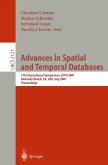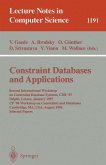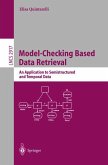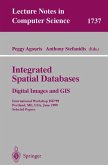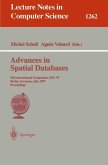Space support in databases poses new challenges in every part of a database management system & the capability of spatial support in the physical layer is considered very important. This has led to the design of spatial access methods to enable the effective & efficient management of spatial objects.
R-trees have a simplicity of structure & together with their resemblance to the B-tree, allow developers to incorporate them easily into existing database management systems for the support of spatial query processing.
This book provides an extensive survey of the R-tree evolution, studying the applicability of the structure & its variations to efficient query processing, accurate proposed cost models, & implementation issues like concurrency control and parallelism. Written for database researchers, designers & programmers as well as graduate students, this comprehensive monograph will be a welcome addition to the field.
R-trees have a simplicity of structure & together with their resemblance to the B-tree, allow developers to incorporate them easily into existing database management systems for the support of spatial query processing.
This book provides an extensive survey of the R-tree evolution, studying the applicability of the structure & its variations to efficient query processing, accurate proposed cost models, & implementation issues like concurrency control and parallelism. Written for database researchers, designers & programmers as well as graduate students, this comprehensive monograph will be a welcome addition to the field.
From the reviews: "The book contains nine chapters (divided into four parts), an epilogue, a reference section, and an index, in addition to the preface and list of figures and tables. ... The book is written in a very informal and user-friendly manner with lots of examples, illustrations, and tables. The authors have succeeded in making this book very accessible, understandable, and readable. This book will be invaluable to professionals, researchers, teachers, and students who deal with spatial data management systems and their access methods." (Alexis Lean, Computing Reviews, December, 2006)


